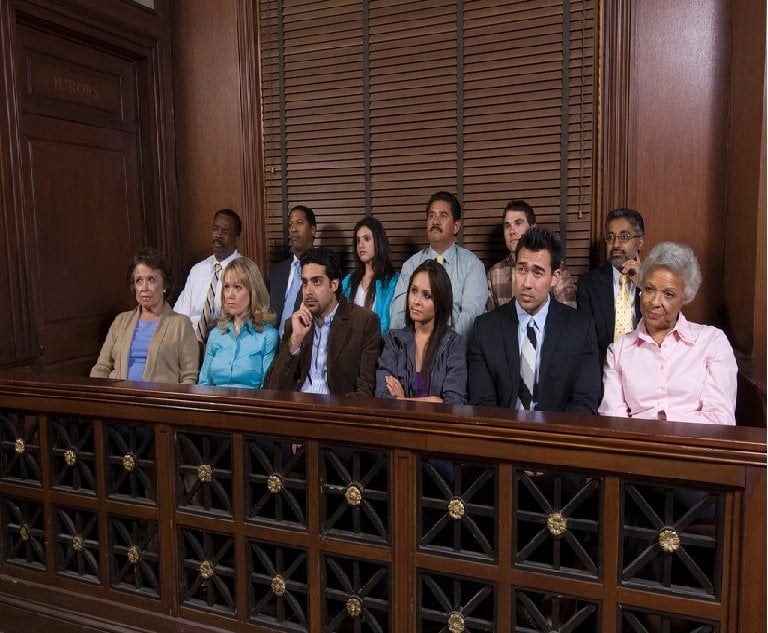 Nuclear verdicts can have a significant impact on insurance companies and their clients, particularly in the following industries: commercial auto, product liability, directors and officers, medical malpractice, and professional liability. In some cases, the damages awarded can exceed the limits of the insurance policy, leaving the insured to cover the remainder of the damages out of pocket. Photo: moodboard/Adobe Stock
Nuclear verdicts can have a significant impact on insurance companies and their clients, particularly in the following industries: commercial auto, product liability, directors and officers, medical malpractice, and professional liability. In some cases, the damages awarded can exceed the limits of the insurance policy, leaving the insured to cover the remainder of the damages out of pocket. Photo: moodboard/Adobe Stock
The insurance industry is no stranger to high-stakes claims. However, over the past several years, there has been a growing trend of what is known as "nuclear verdicts," or exceptionally high jury awards that surpass what should be a reasonable or rational amount. Nuclear verdicts can have a devastating impact on insurance companies and their clients, and it's critical for insurance claims executives to understand how to manage them.
Recommended For You
Want to continue reading?
Become a Free PropertyCasualty360 Digital Reader
Your access to unlimited PropertyCasualty360 content isn’t changing.
Once you are an ALM digital member, you’ll receive:
- Breaking insurance news and analysis, on-site and via our newsletters and custom alerts
- Weekly Insurance Speak podcast featuring exclusive interviews with industry leaders
- Educational webcasts, white papers, and ebooks from industry thought leaders
- Critical converage of the employee benefits and financial advisory markets on our other ALM sites, BenefitsPRO and ThinkAdvisor
Already have an account? Sign In Now
© Touchpoint Markets, All Rights Reserved. Request academic re-use from www.copyright.com. All other uses, submit a request to [email protected]. For more inforrmation visit Asset & Logo Licensing.







